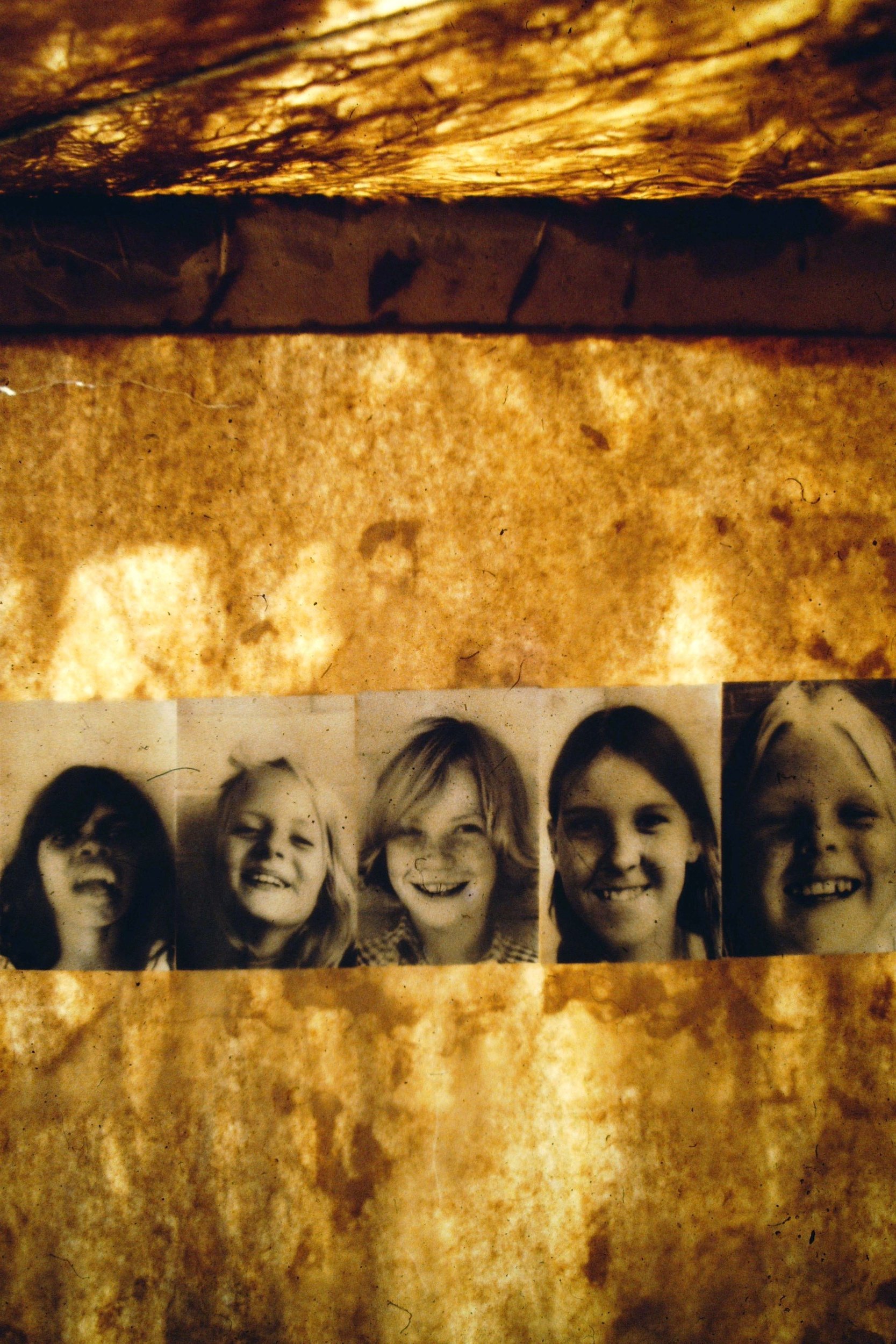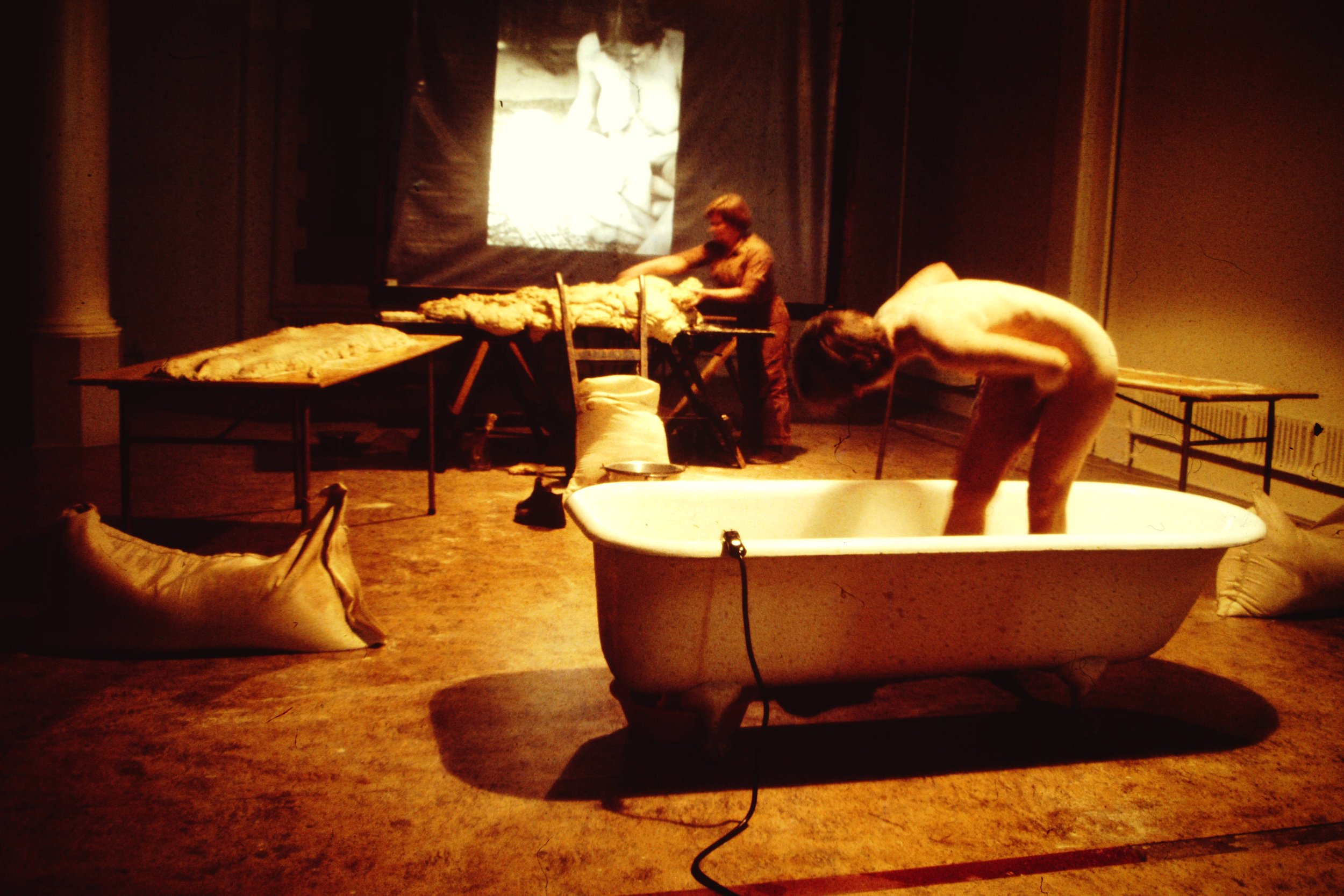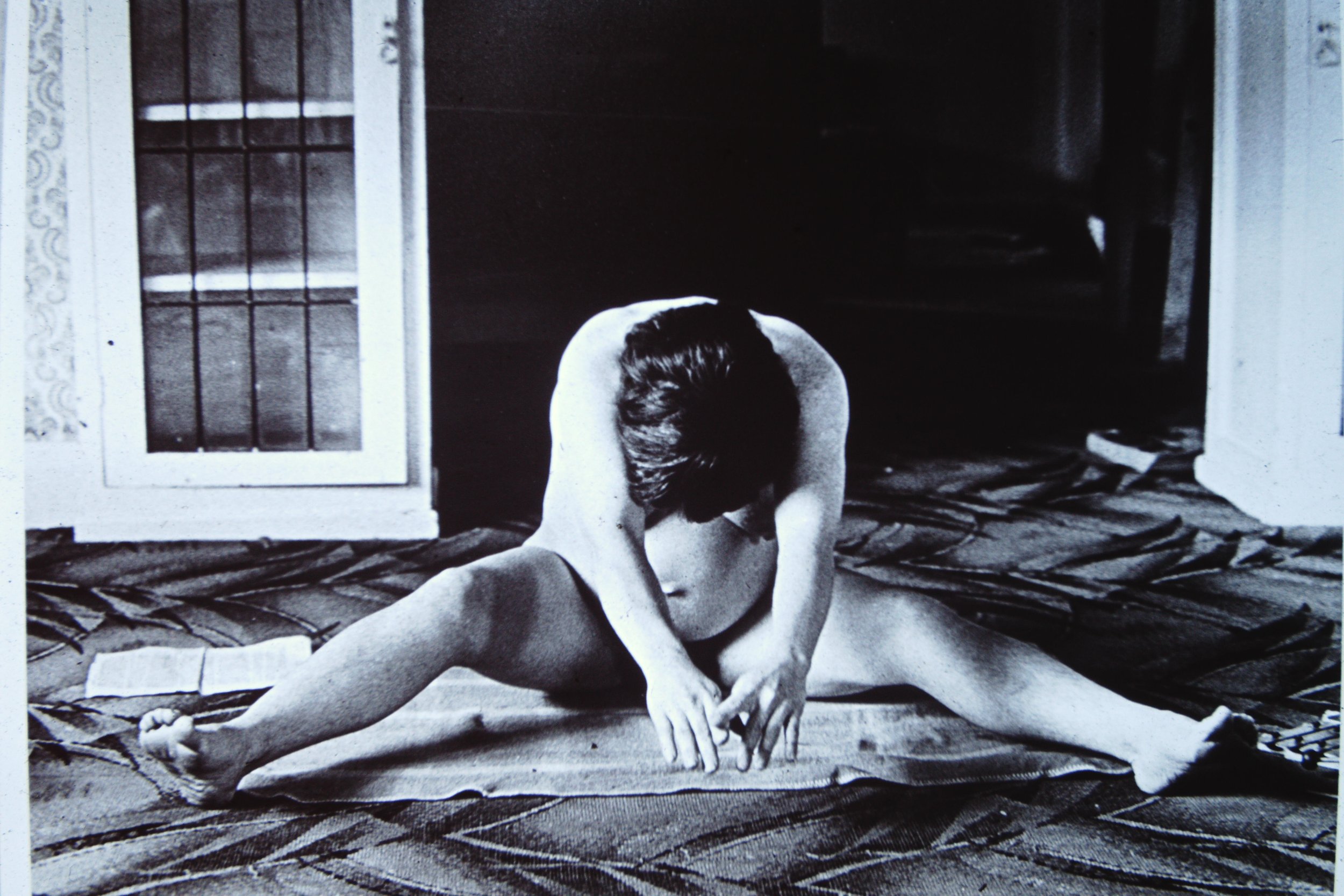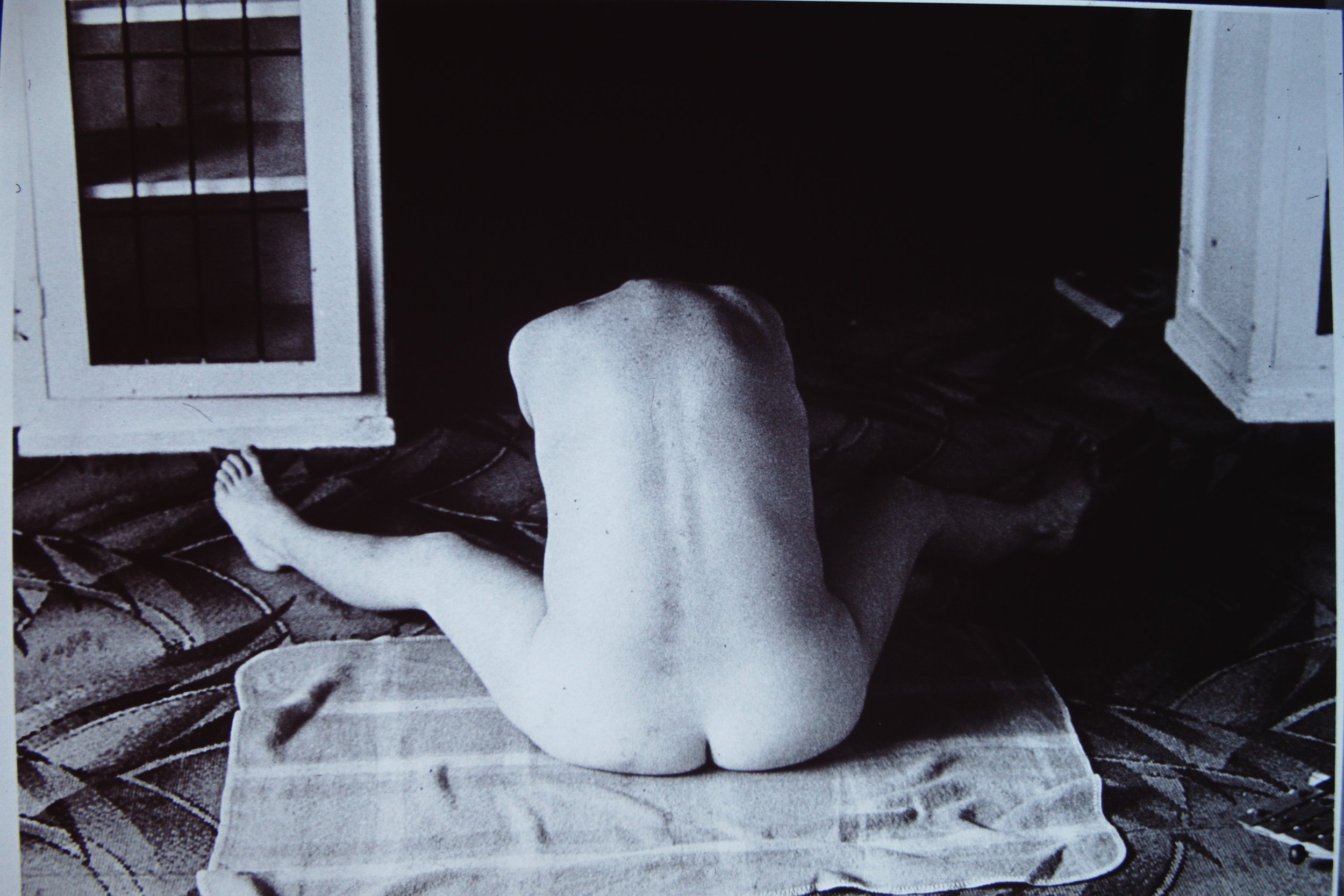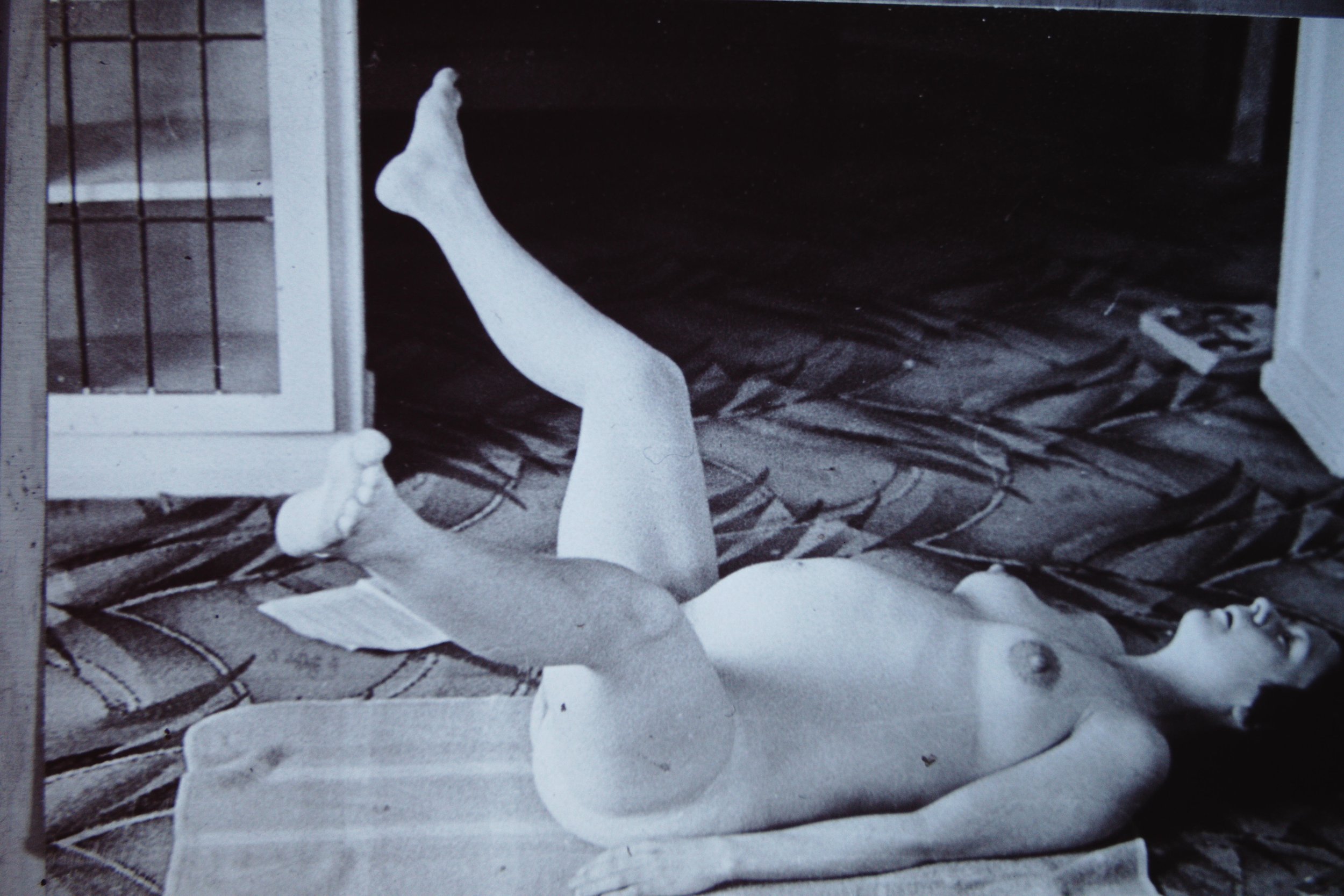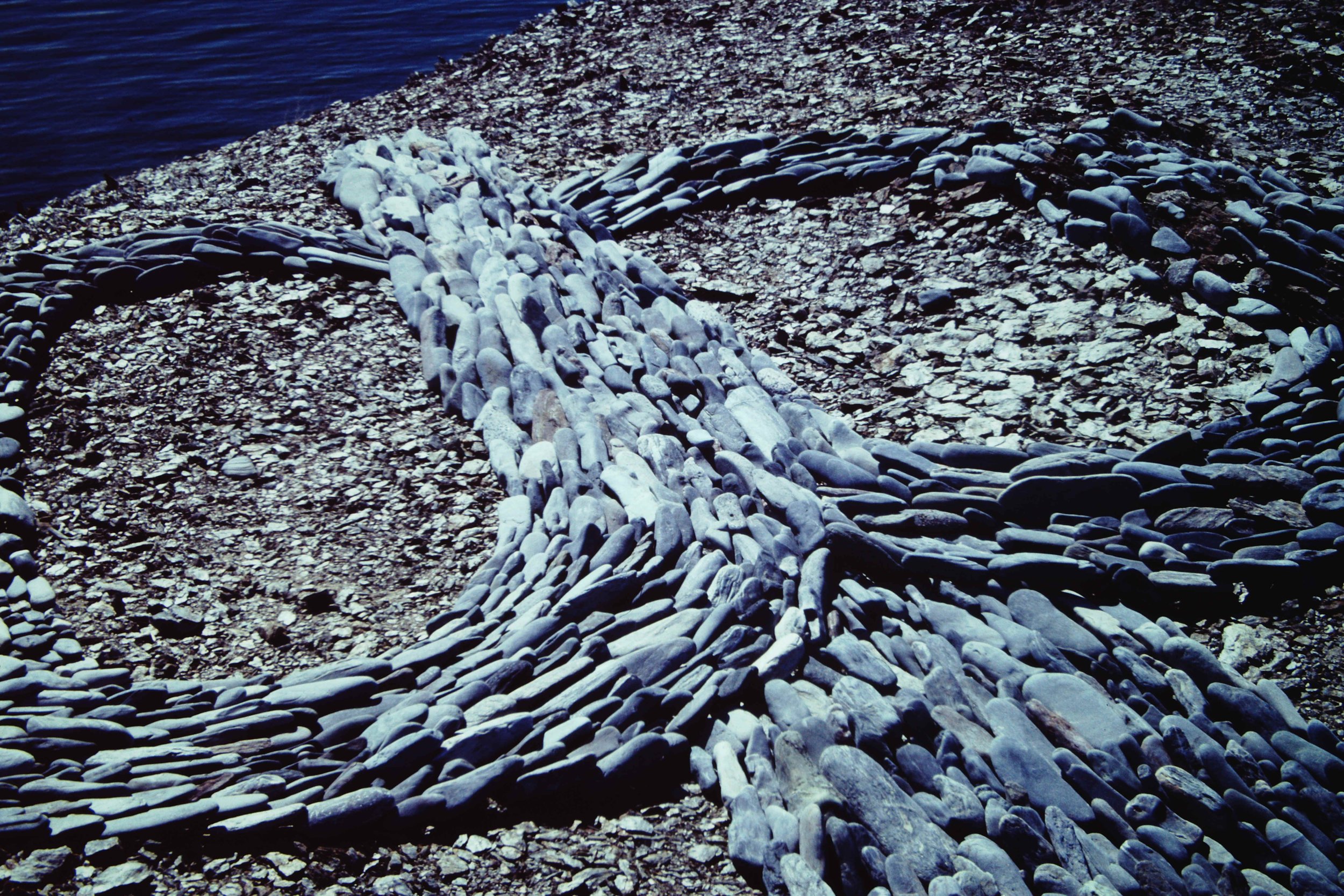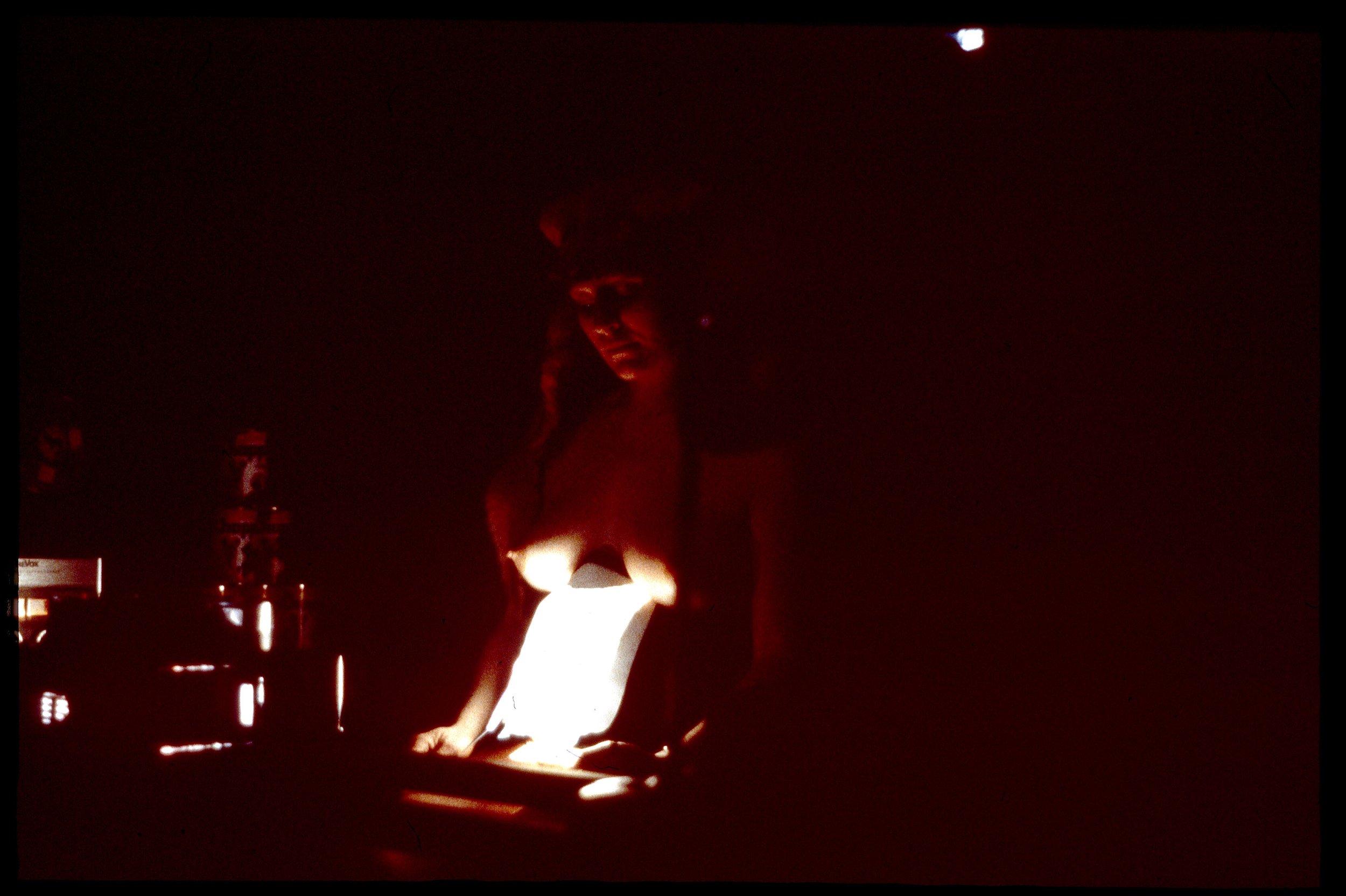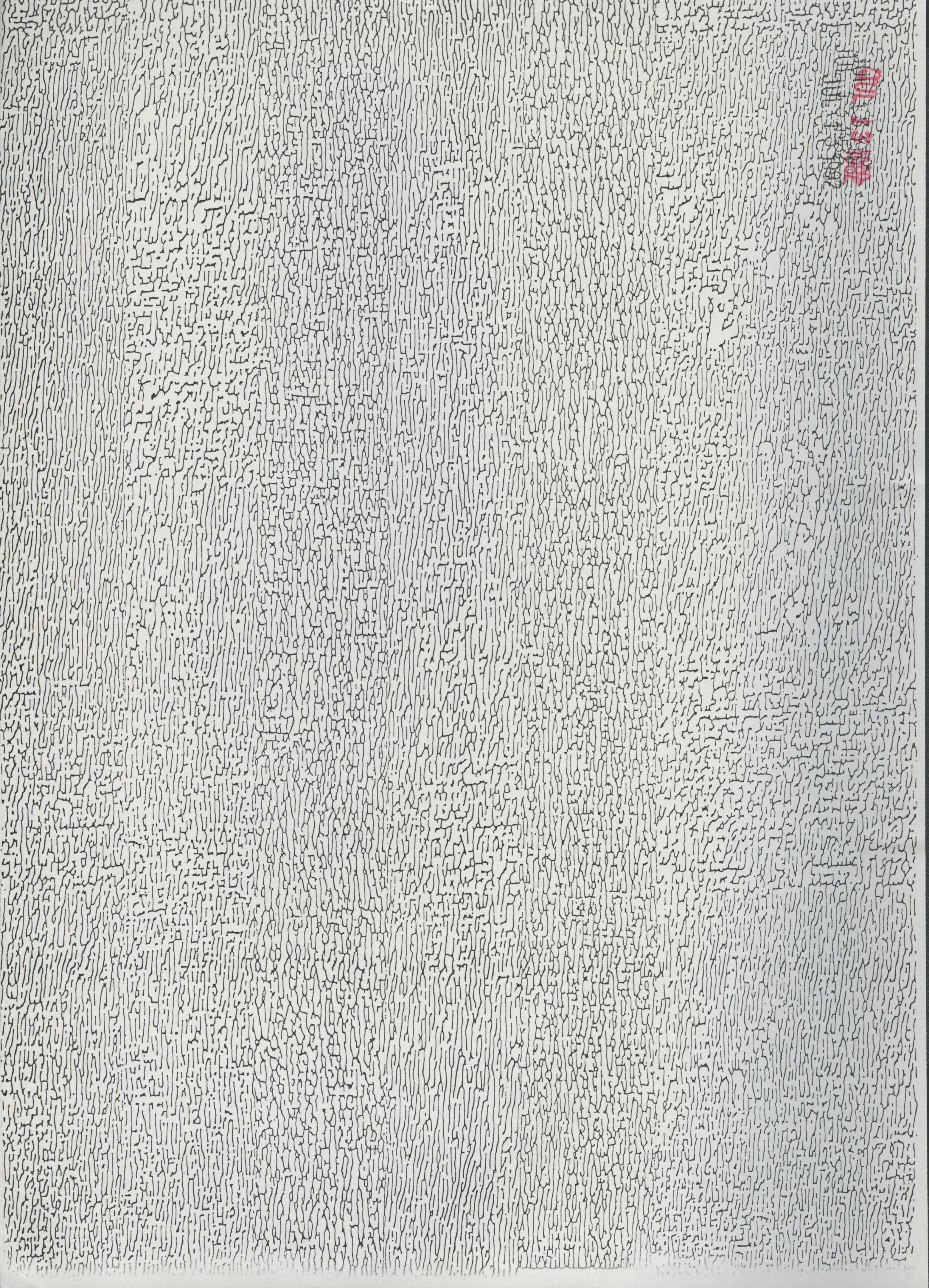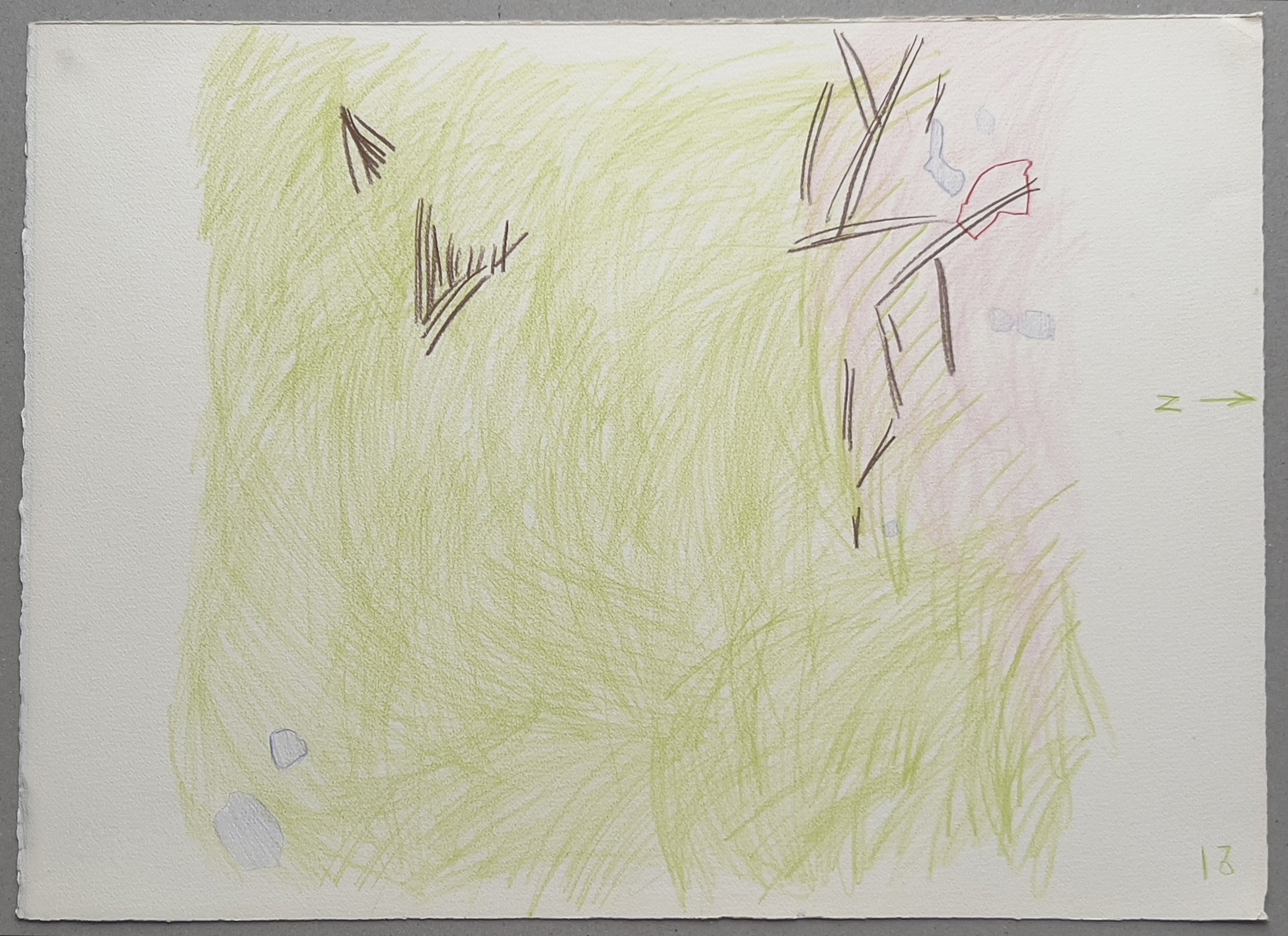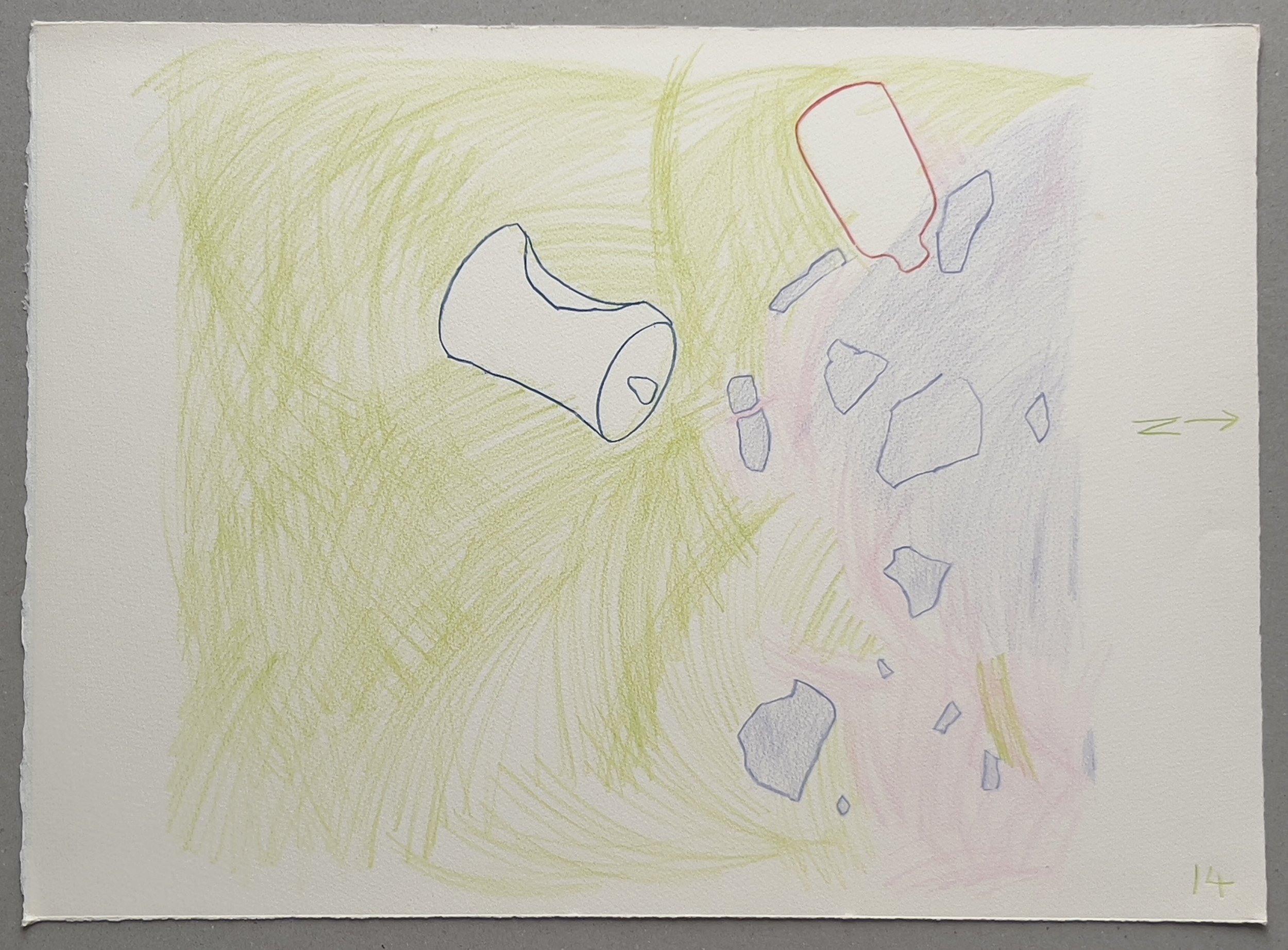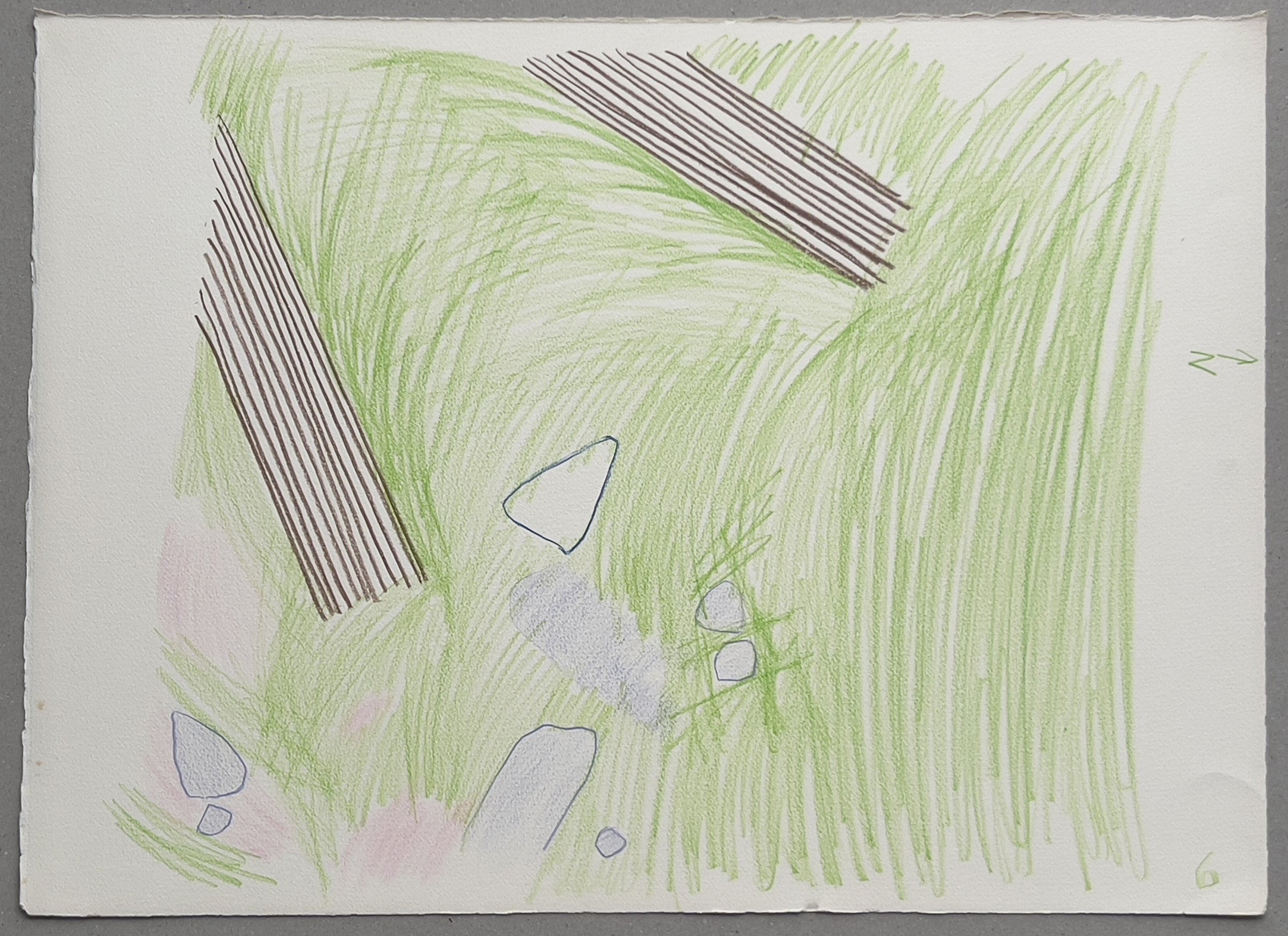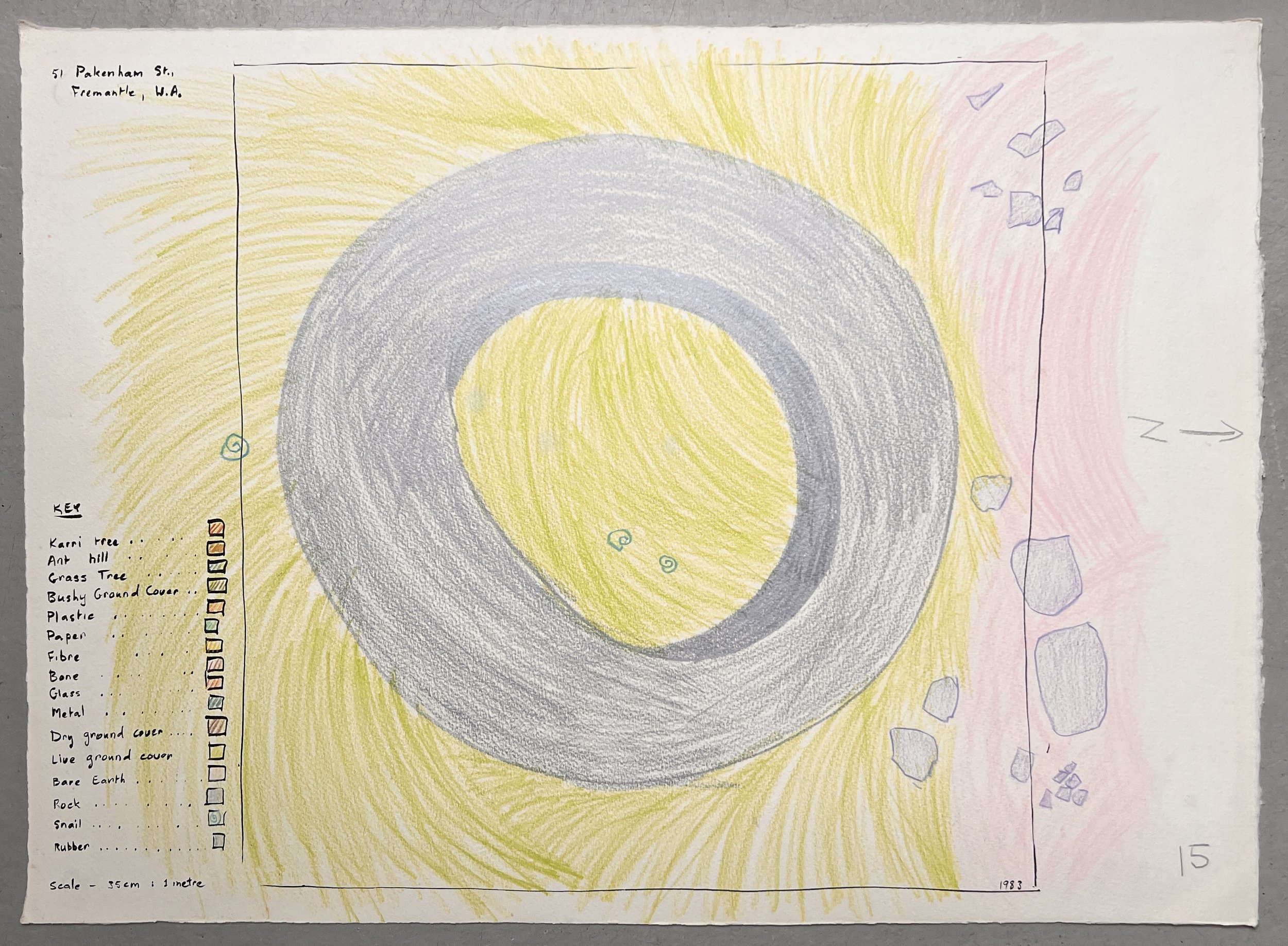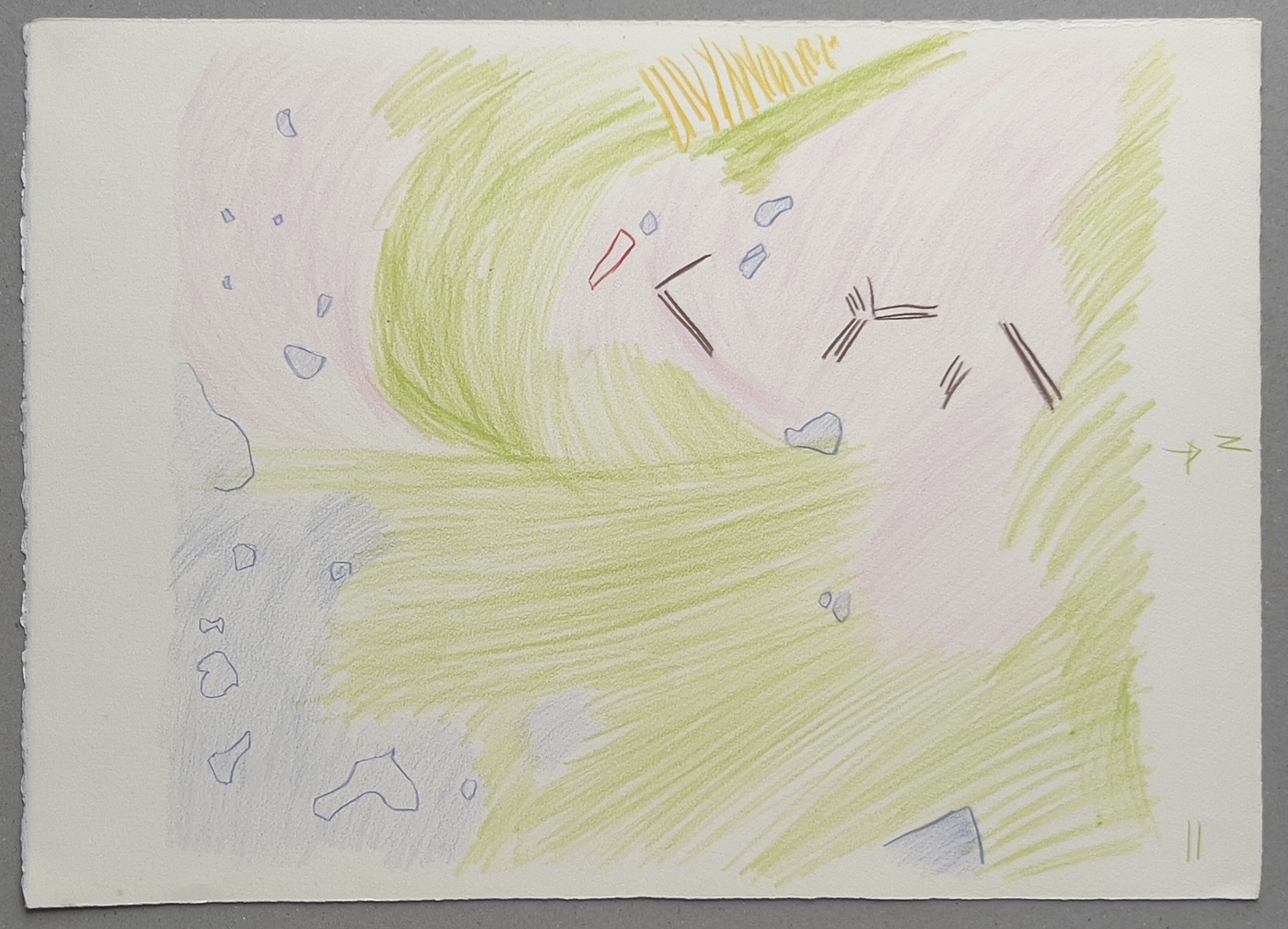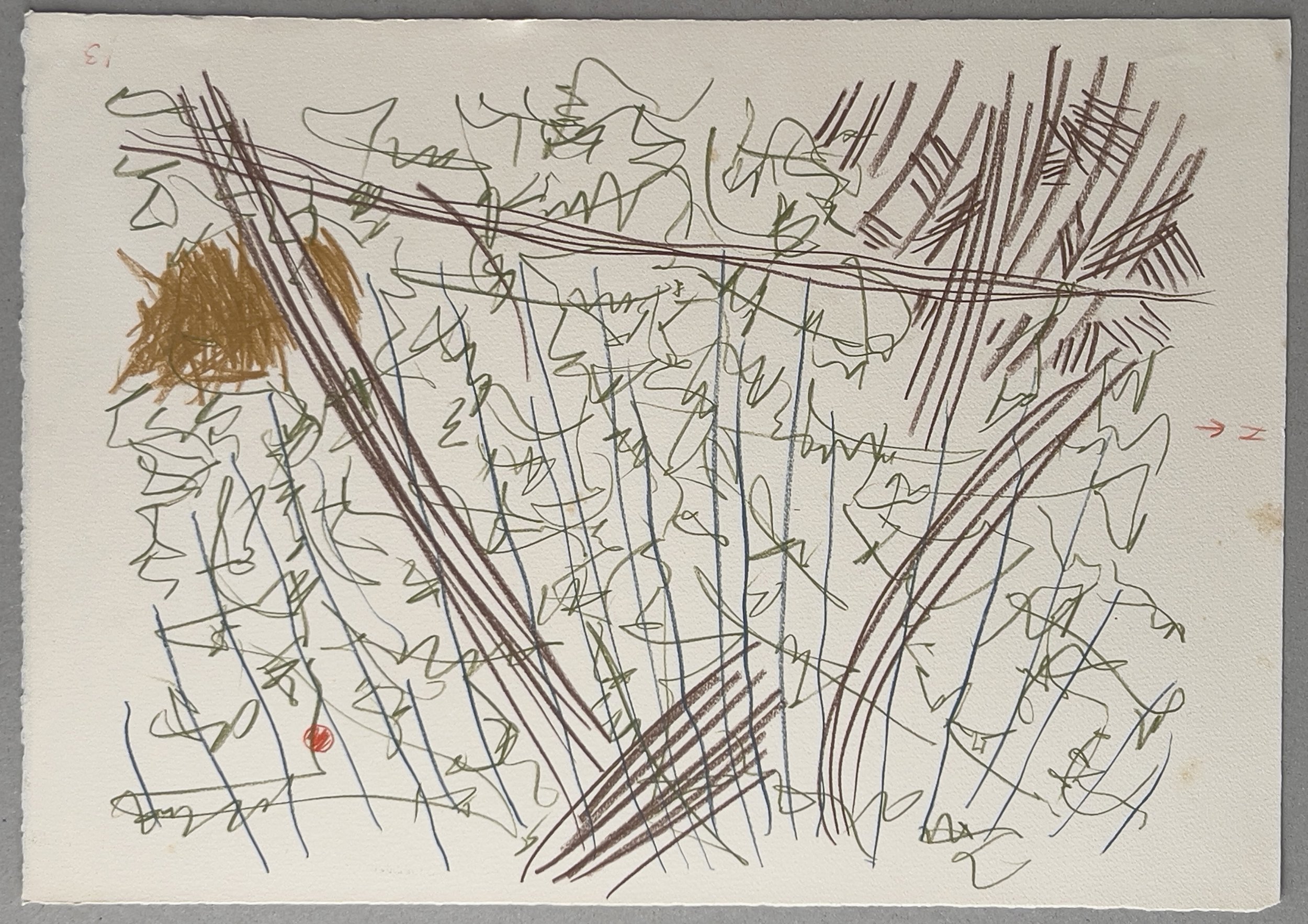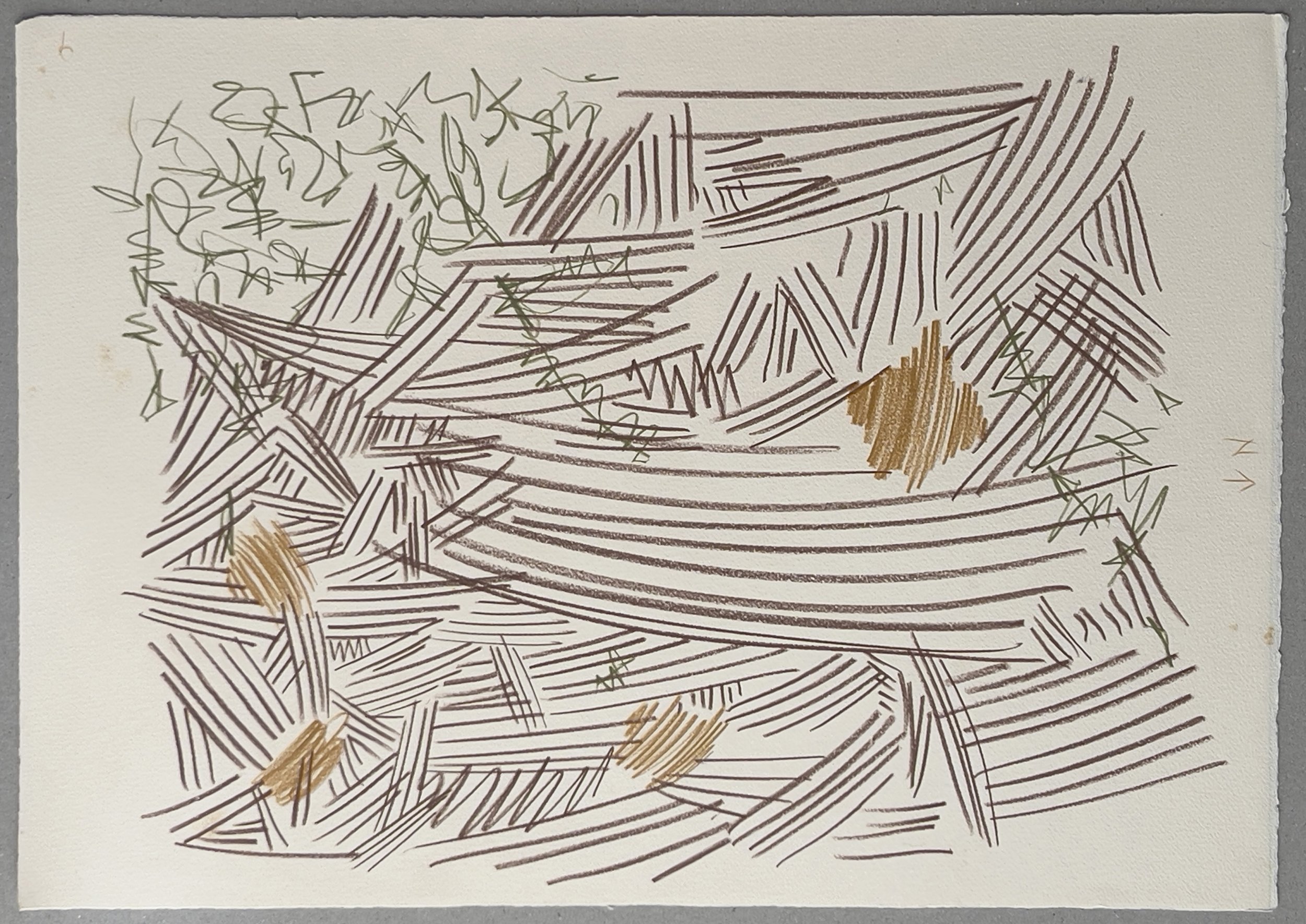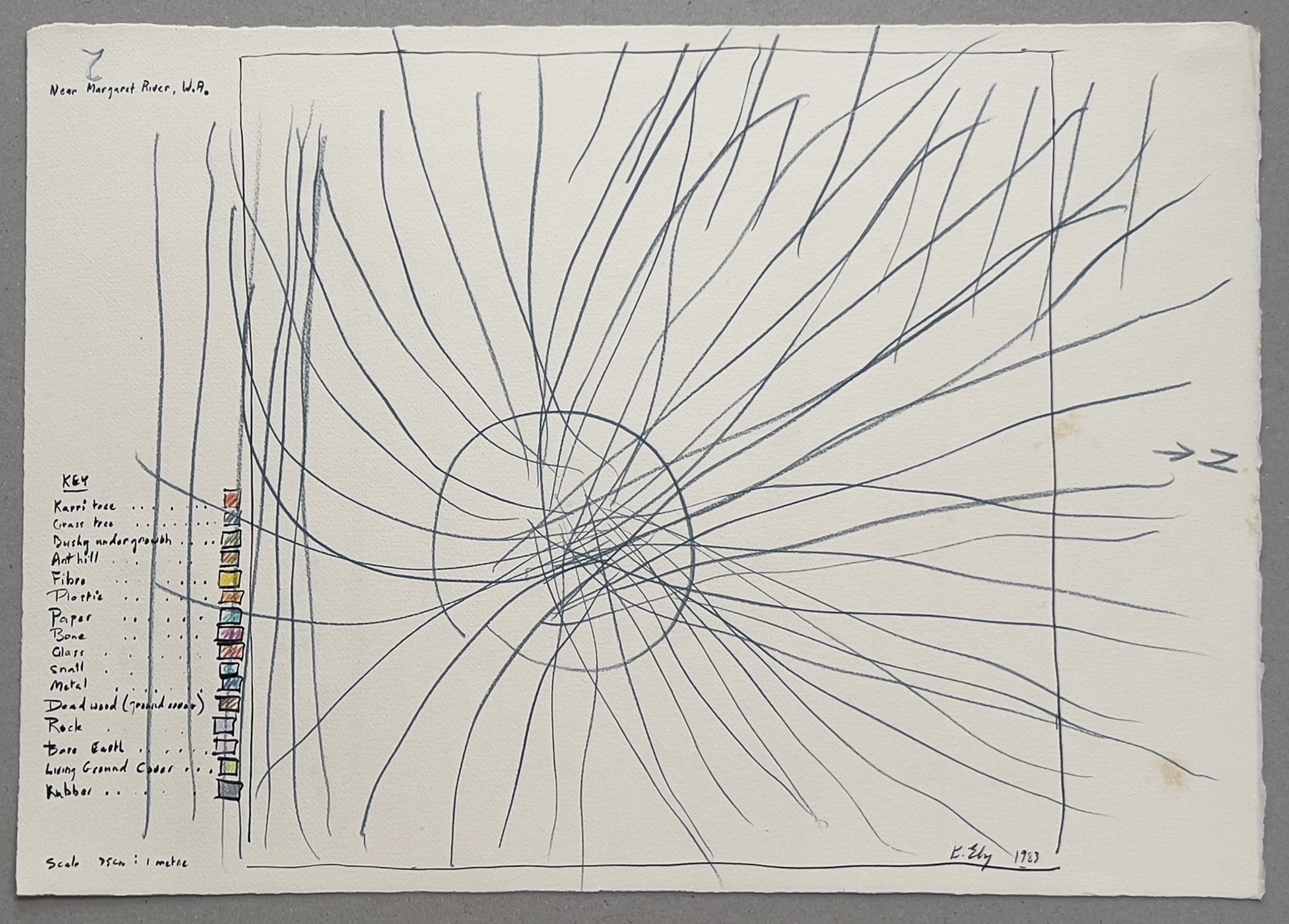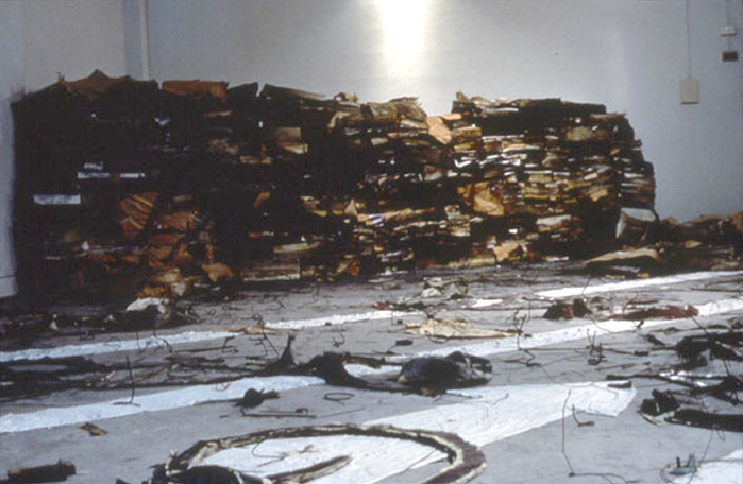HQ, 1980
1980 HQ, installation. The Security Show, George Paton & Ewing Galleries, University of Melbourne. Exterior: Hop bush branches from the Malley where Bonita Ely spent her childhood making cubby houses like this. Viewers could enter the cubby house.
1980 HQ, the interior of the installation. The interior’s walls made of glowing, waxed brown paper, with embedded children’s faces.
1980 HQ, installation. On the floor a grey army blanket with a jam pan full of honey.
CUBBY HOUSES MALLEE-STYLE
I grew up in the 1950s on a Soldier Settlement block in Robinvale, Victoria. My friends and I made many cubby houses.
At picking time we constructed huge cubbies, stacking sweat boxes to create walls, floors and roofs, alcoves and porches. These cubbies suddenly disappeared when the crates were whipped away to be filled with dried fruit to transport the harvest to the Robinvale Co-Op. We played under the tank stands around the house. We engraved floor plans into the packed red dirt in our backyard; flattened spaces in the long spear grass between our properties; made tree houses.
We played in the hollow trunk of a huge river red gum at the sandbar we called Saint Kilda Beach on the Murray River. If you pressed your ear against the trunk you could hear the wind in the leaves far above.
The Thrilling Three’s headquarters in the old chook house was our most salubrious cubby. Inspired by Enid Blyton, we invented symbols as familiar to us as the alphabet we learnt at school, a secret text to communicate and solve future crimes that may occur in the neighborhood. Furtive messages were passed to and fro, hidden in a jam jar beside the track on the border of our two properties.
Every Spring, we picked wildflowers for our mothers - grevilia, billy buttons, boronia, wild violets, paper daisies, wattle. Led by the trail of wildflowers we made our most complex cubbies in the uncleared bushland next to the drying racks.
We selected boronia and hop bushes growing around a central space. Using a tommy hawk pinched from Dad’s tool shed, we hacked out the branches in the middle, using them to weave walls into the surrounding foliage - filling in, curving over - to form a completely enclosed, child sized space. We scraped up the clover burrs levelled the red dirt floor, making tiny alcoves to store my precious willow patterned tea set and our imaginary food, our dolls’ things, with a purse each full of money made from rabbit dung with pound notes cut out of Mum’s English Women’s Weekly magazines.
My imaginary friend, Marian, had run away from home and hid in my cubby. I pretended to smuggle her food, our secret friendship giving expression to my own trauma dealing with my father’s emotional withdrawal and sometimes violent behaviour, no doubt as a result of his undiagnosed PTSD as a World War Two veteran. He was a dancer, a crooner, a bighearted man least likely to be indoctrinated to kill people with a machine gun, however regimented his training. On the few occasions he talked about the war he wept, calling the Japanese ‘the poor bastards’ …
Now I’m an artist creating sculptures in immersive artworks, spatial environments that people can explore, react to, think about, sometimes taking them back to uncanny childhood feelings.
Published, The Australian, This (Playful) Life, 27-28/08/2022
BREADLINE, 1982
1981 Breadline, performance, Anzart. Queenstown, New Zealand. A huge pile of bread dough is on the back table; Bonita’s assistant presses her body into a slab of dough to make a negative cast of her body. Bread is baking throughout the performance in the venue filling the space, smelling delicious.
1981 Breadline, performance. While her assistant transfers the rest of the dough onto the table on the rightt, Bonita washes off the dough.
Bonita creates a sculpture of the female body using geometric forms - the pyramid and wedge. Afterwards the audience is invited to eat some bread.
Below: Throughout the performance images of women doing prenatal exercises and breast feeding are projected behind the action.
EARTHWORKS, BAHA CALIFORNIA, 1981
1981, Baha California, Mexico, location of earthwork - Bonita Ely is on the top of hill on RHS.
1981, Baha California, Mexico: Detail
1981, Baha California, Mexico: Eroded rocks from the water’s edge wrap around the top of the hill.
1981, Baha California, Mexico: Paper installation - all the cactuses were in flower.
1981, Baha California, Mexico: Paper installation, detail.
1981, Baha California, Mexico: Paper installation, detail.
DOGWOMAN COMMUNICATES WITH THE YOUNGER GENERATION, 1982
While pregnant and artist in residence in Kunstlerhaus Bethanien, West Berlin, I documented people’s relationships with dogs in art, artefacts and society, on the streets of Berlin, to address firstly the absence of women in history and to a large extent mythology and religion by creating the Dogwoman religion, and secondly, explore our desire to relate to another species. Images were shown to viewers, accompanied by a lecture delivered in dog language - barking, howling, whimpering, yapping, etc.
Performance Festival, Kunstlerhaus Bethanien, West Berlin, Germany.
Nude apart from a dingo pelt head dress and a small screen across the pregnant belly to communicate with the unborn child. The same images of dogs are projected onto an overhead screen for viewers.
Iranian artifact.
DOGWOMAN MAKES HISTORY, 1985
1985 Dogwoman Makes History, Making Appearances, Charlottenberg Museum, Copenhagen, Denmark, curated by Gary Sangster, Director of Artspace, An exhibition of Australian contemporary art, for the 5th International Theatre Festival, Copenhagen, June 1985.
The installation - Ceramics, photography,
1986, First Draft, Sydney.
On my return to Sydney a reprised version of the Dogwoman artwork was selected for an exhibition in Copenhagen, by Gary Sangster, curator and Director of Artspace. I applied for a studio in Kunstlerhaus Bethanien to continue researching the Dogwoman theme.
The second version focused more on religious as well as social and historical ‘evidence’ to prove that relations between dogs and women were the basis of all religions. The idea was to critique the male version of history and religion as a fiction, by creating an alternative fiction. I was interested in the feminist contributions to Structuralist and Post Structuralist philosophy, attending lecturers by philosophers such as Elizabeth Grotz at Sydney University, and Helen Grace, Art Theorist and artist with whom I worked at the University of Western Sydney.
Performance at First Draft showing the Dogwoman’s Map of the World.
1983
CONTROLLED ATMOSPHERE INC.: PROGRESSIVE DEMENTIA OF INTEGRATED RESOURCE ASSEMBLY
CONTROLLED ATMOSPHERE: LAKE PEDDER ENVIRONMENTAL IMPACT STATEMENT
Bonita Ely’s artwork, Controlled Atmosphere, was first performed on the 23rd May, 1983 in Hobart, Tasmania, in Australia Post’s vacated Mail Exchange Building for the Anzart festival, held periodically as an exchange between New Zealand and Australia.
The performance was concurrent with mass national protests against the damming of the Franklin River in Tasmania. Earlier in 1972 in South West Tasmania a dam had been built by the Hydro Electric Commission, which flooded Lake Pedder, a uniquely beautiful, natural feature made famous by the photographer, Olegas Truchanas, whose public slide shows raised awareness of threats to Tasmania’s wilderness. Protests against hydroelectric development gathered force across Australia when the damming of the Franklin River was announced, leading to the formation of the Greens Political Party in Australia. The Franklin River was saved.
ACTION: One of Olegas Truchanas’s most famous images of Lake Pedder’s beach, before it was flooded, was photocopied three times. Date stamped and signed, one was shredded, another pigeonholed, the third pinned to the wall after being photocopied three times, as before, repeating the process with each iteration. The shreds of each photocopy were photocopied, date stamped and signed also. Photocopiers at this time enlarged documents slightly, which the performative action exploited. Copies of copies were repeatedly photocopied until the original image completely disappeared. By the end of the performance the wall of the office was covered, and the photographic image had completely degenerated into faint, obscure, wriggly lines.
PHOTOCOPYING THE IMAGE 3 TIMES.
Signing and date stamping the photocopies.
Shredding one of the photocopies which is put in the office’s pigeonhole.
Busy busy.
Pinning one photocopy on the wall..
The disappearing image of Lake Peddar.
1983, 1984. Artist in Residence, Praxis, Fremantle, W.A.
Fremantle Map -
Excavation 51 Pakenham St., Fremantle.
Executed in 1983, exhibited in Praxis Gallery, 1984.
150.5cm H x 212 cm W., 16 sheets, pencil on rag paper.
Individual sheets 53cm x 38cm.
Left: Legend of map titled, 51 Pakenham St, Fremantle.
Excavation 51 Pakenham St., Fremantle, WA. Executed in 1983, exhibited in Praxis Gallery, 1984. 150.5cm H x 212cm W., 16 sheets, pencil on rag paper.
Excavation Margaret River, WA.
Executed in 1983, exhibited at Praxis, 1984. 150.5cm H x 212cm W., 16 sheets, pencil on rag paper.
HOMAGE, 1985 Perspecta, Art Gallery of New South Wales, Sydney. Installation, work on paper, sawdust fired ceramic floor piece, artist’s book of photocopies.
Homage - Map of Lake Benanee, NSW with surrounding property boundaries against a background map of the world & dead trees; a ‘river’ of geometric female forms across the floor, sawdust fired; an artist’s book of dead tree images, drowned when ‘Dry’ Lake, next to Lake Benanee, was flooded for irrigation.
Female bodies constructed from geometric forms, pyramids (legs & breasts) and wedges (torsoe) signifying intelligence. Traditionally the female nude is represented in organic forms. The forms curve across the floor signifying generations/water/rivers.
TIANANMEN SQUARE: THE PEOPLE’S ARMY, 1989
Installation in Chinatown, Sydney after the Tiananmen massacre. A bunker and bicycles made of burnt newspaper, tangled wire, plaster. road markings on cardboard floor covering.
Tiananmen Square: The Peoples Army, 1989. Installation in Chinatown, Sydney.
Tiananmen Square: The Peoples Army, 1989.
PREDATOR 1, 1984
Installation/performance for Artspace/Streetspace, a shop-front exhibition in association with Artspace, Sydney during the 1984 Sydney Biennale.
Pinhole cameras containing a sheet of photographic paper were installed in a shop window in the Downing Centre Local and District Court, previously the Mark Foys building, to document Elisabeth Street throughout each day and night - traffic, pedestrians, parked cars, the streetscape’s changing light and weather. A darkroom was created behind the shop window where the photographic imagery was exposed then displayed on the shop window’s back wall. The installation referenced George Orwell’s novel, 1984 and the increasing presence of public surveillance, including spy satellites.
Predator 2, 1984
In 1984 one pinhole camera was installed in the small street gallery, Avago, at 13 McDonald St., Paddington in Sydney. The pinhole camera recorded the street, all day and all night, and the resulting photographic prints, as above, were exhibited behind the pinhole camera after each 24 hour session. Again the installion/action referenced George Orwell’s novel, 1984, and increasing public surveillance in the early 80s.

